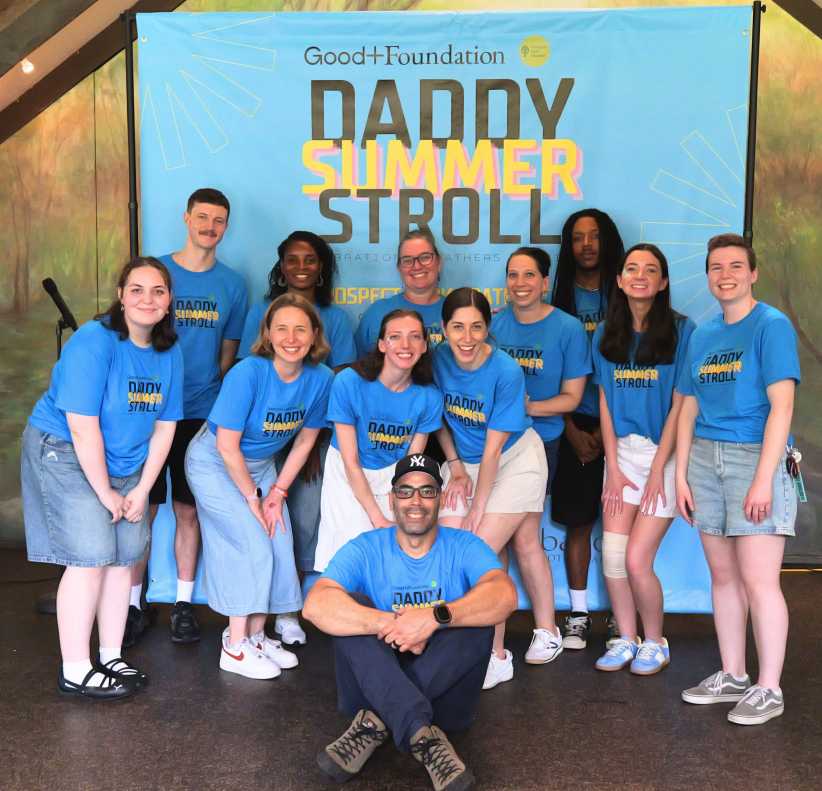This Mother’s Day, while other women received flowers, candy and the usual tributes, Marie Beauvais was treated to a much greater gift – her daughter’s life.
On April 28, doctors at Schneider’s Children’s Hospital in New Hyde Park performed an extremely difficult and delicate procedure on her 6-year-old daughter, Manon, and removed over 80% of a slow-growing brain tumor that had already affected her ability to speak, breathe and walk. Unchecked, its growth would have eventually taken her life.
"This is the most beautiful gift I could have ever received for Mother’s Day," said Beauvais, speaking through Dr. Mark Atlas, her translator and a pediatric neuro-oncologist at the hospital.
During the almost six-hour operation, Dr. Steven Schneider, pediatric neurosurgeon, and a team of doctors mapped a route through Manon’s brain stem using technology available only in the United States.
The location of the tumor made operating dangerous. Its growth was centered on the medulla oblongata, an area of the brain that regulates heart rate, movement, breathing and swallowing. A miscalculation could have resulted in permanent loss of mobility or even death.
Doctors used a computerized, image-guided neuronavigator to construct a 3-D model of the tumor. An ultrasonic aspirator, which emits ultrasonic waves, and a radio frequency dissector, which uses radio waves to vaporize without generating heat, were used to break up the mass. Another technology, intra-operative electrophysiology, helped doctors map and locate the brain stem’s vital centers to avoid injuring them during resection.
The family was unable to find anyone in France willing to attempt the operation on Manon. "Only a handful of people in the world will do this procedure, and this technology is not yet available in France," said Dr. Atlas.
Dr. Schneider said that between 30 and 40 and people have been operated on in the past for tumors on the medulla oblongata, but only a "handful" has been treated using this technology.
The Beauvais’ learned about the Schneider Hospital Brain and Spine Cord Tumor Center last year and began a fund drive to bring their daughter to New York. They arrived last month from their home in the Normandy region of France.
Dr. Schneider was successful in removing over 80% of the tumor, which Dr. Atlas described as slow growing and low-grade. There is no risk of it spreading to other areas of the body. Dr. Schneider called Manon’s future "guardedly bright," as doctors must still closely monitor what could not be removed.
"Some neurological deficiencies will remain, but if we can keep things at this level of functioning, we will be very happy," he said. She has already shown improvement in her balance and ability to walk. "We take this as a good sign."
Symptoms of the tumor first presented themselves when the girl was 3: Manon experienced headaches and ataxia, a loss of muscle control that affected her balance. She suffered paralysis of her vocal cords and had received a tracheostomy – a procedure that opens a hole in the trachea to help the patient breathe – before coming to the U.S. French doctors had also given her chemotherapy.
When the Beauvais’ return to France this week, Manon will receive physical and occupational therapy to help her regain strength. Use of her vocal cords should return.
"We are thrilled with the results," said Atlas. "The family was willing to take the risk of significant neurological loss to save their daughter."































